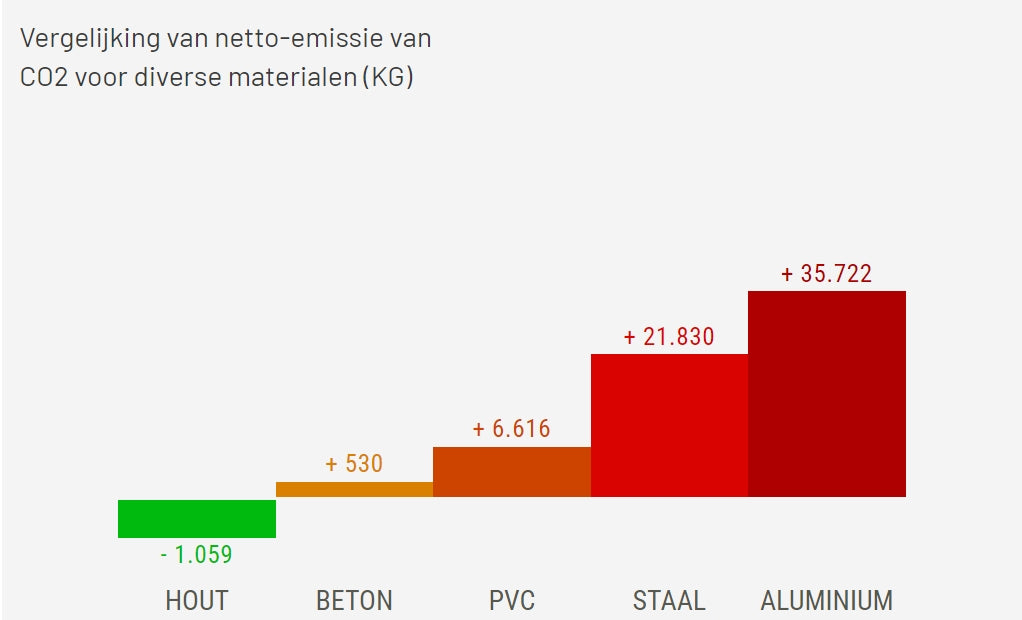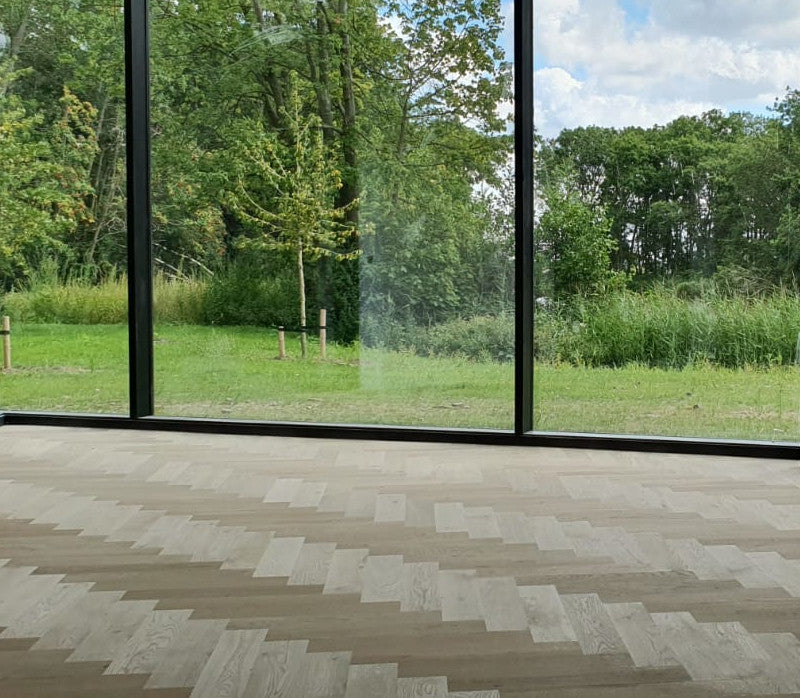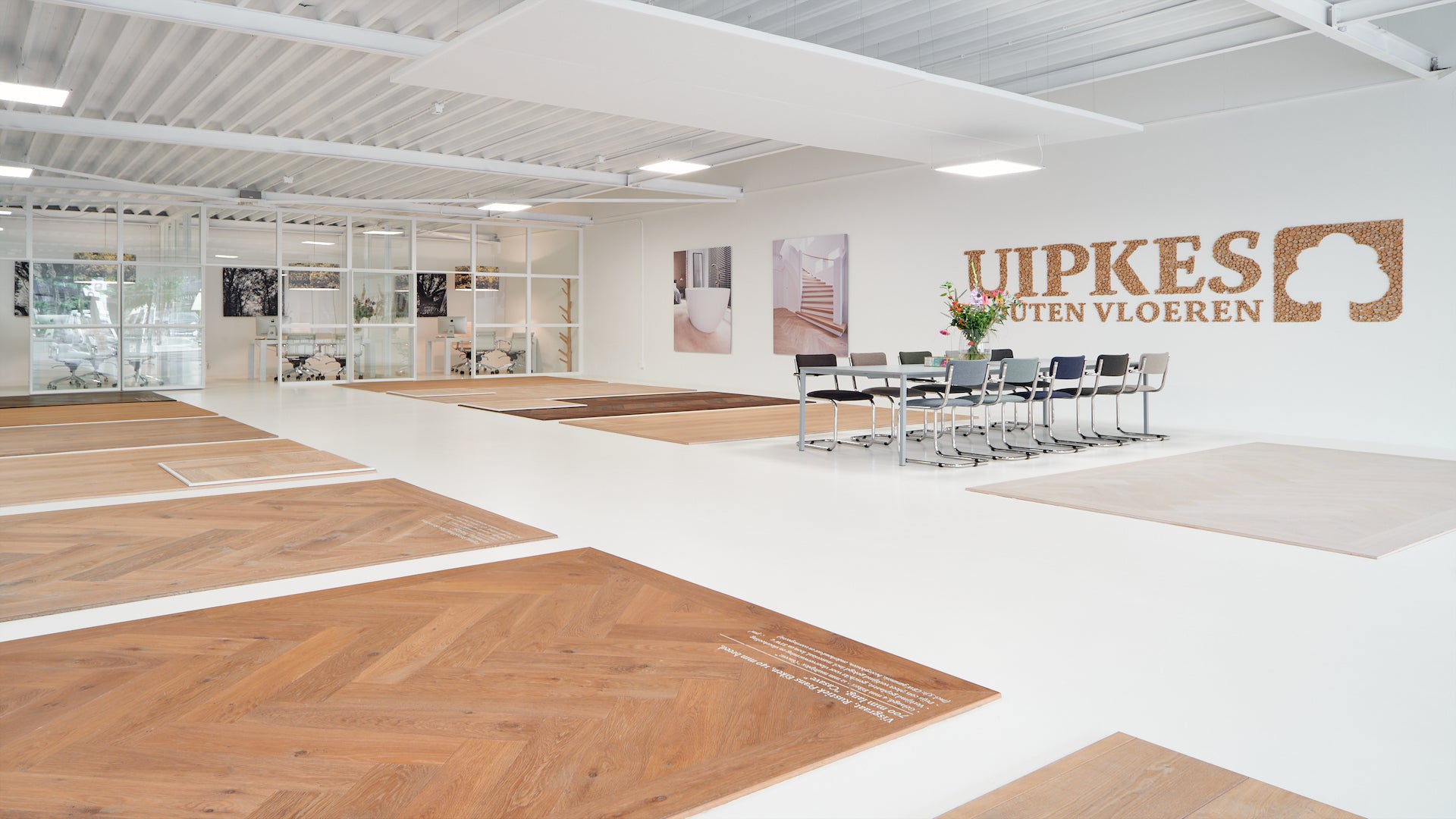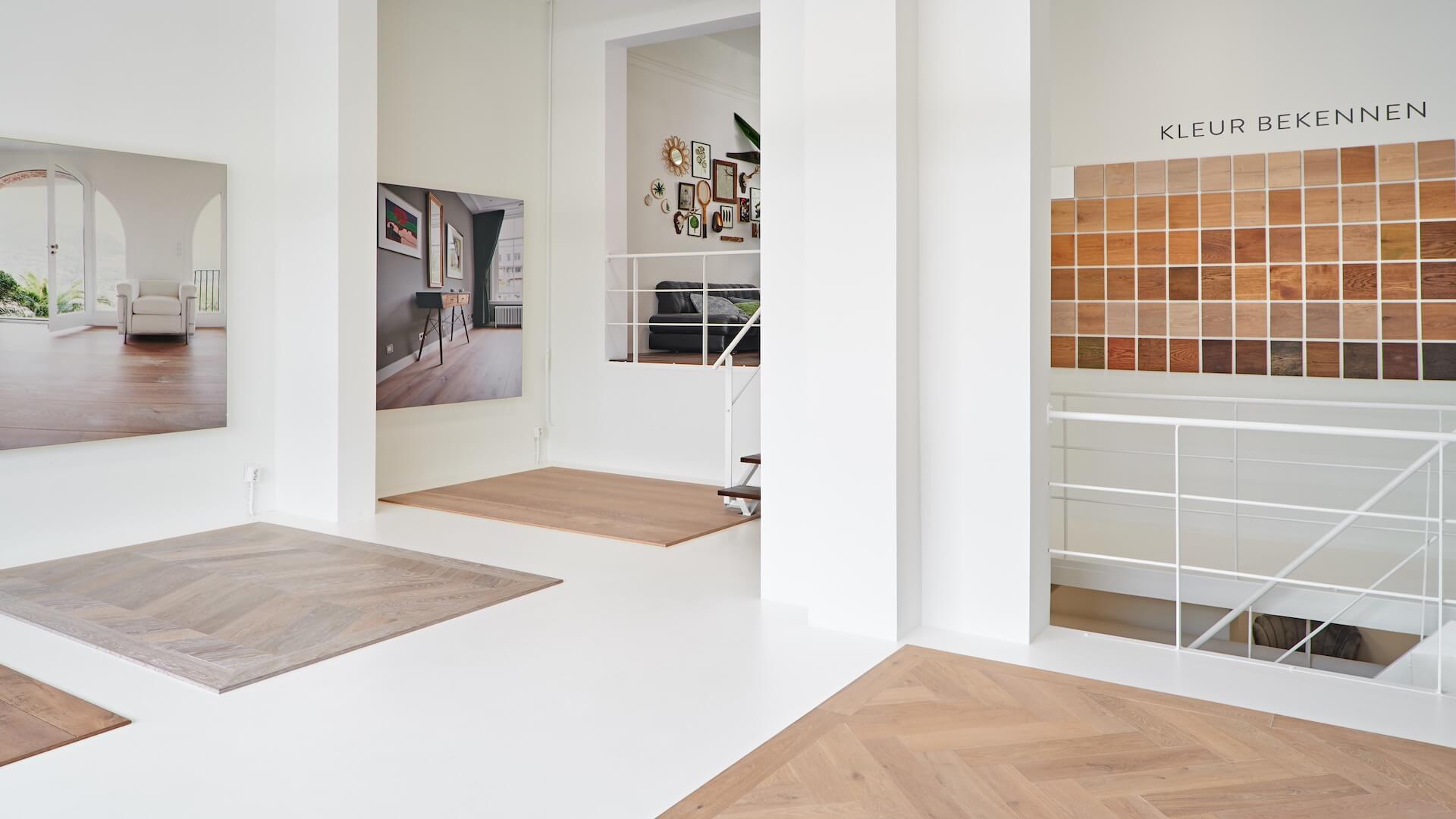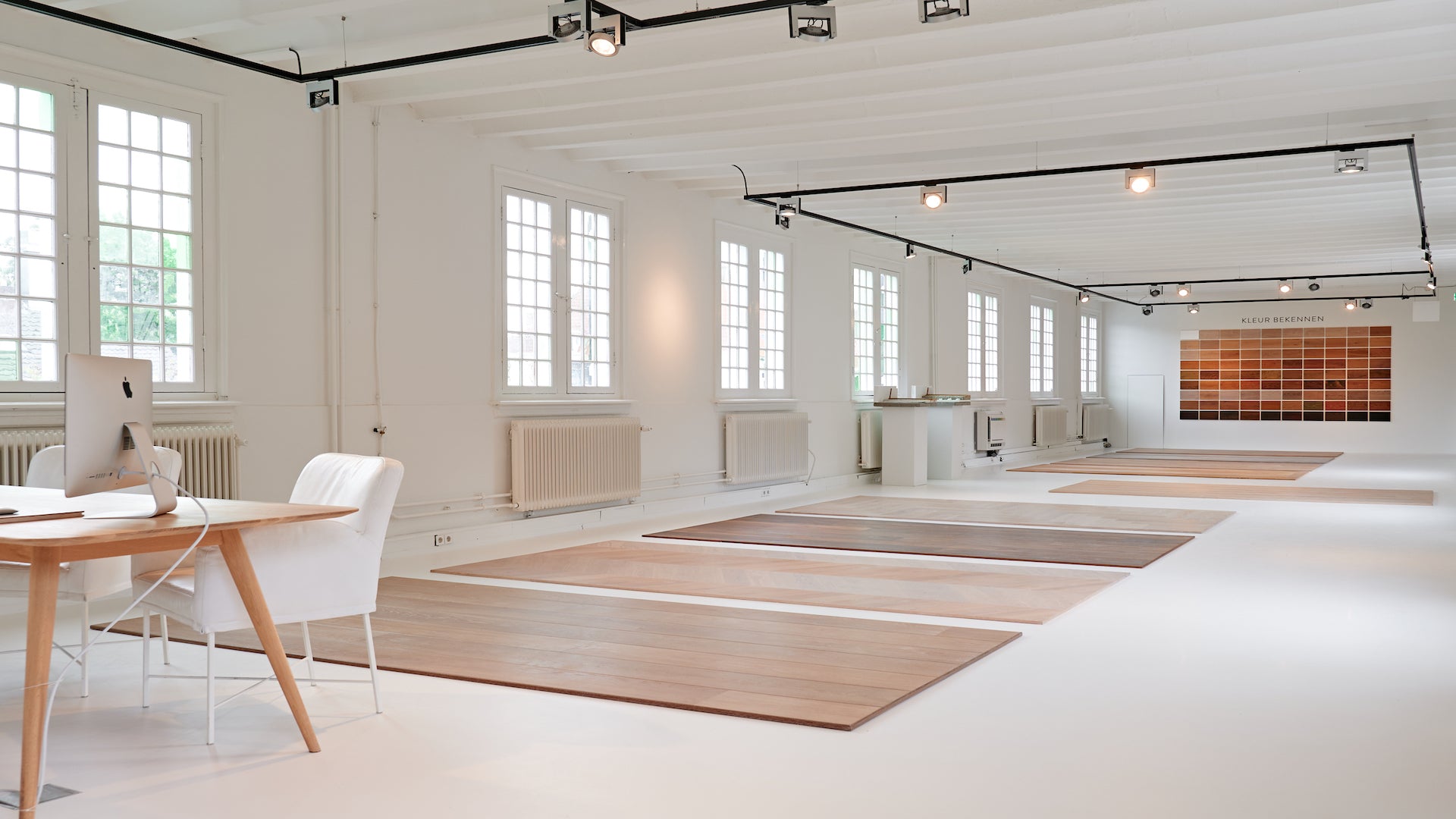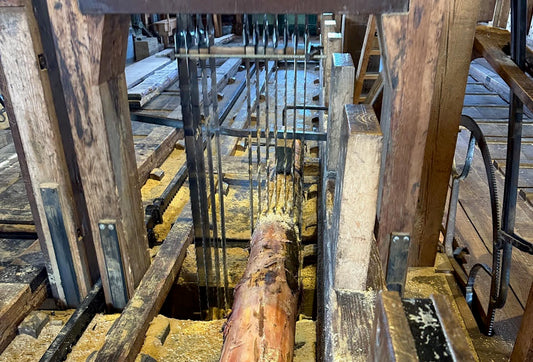CO2 opslag van houten vloeren
Datum: 05-03-2024
Leestijd: 5 minuten
Auteur: Uipkes Houten Vloeren
Bezoek de showroom
Sustainable Forest Management
CO2 storage in wood
CO2 storage or emission of various building materials
CO2 storage popular types of wood
| Houtsoort | CO2 Opslag (kg per m3) | Geschikt voor vloerverwarming? |
|---|---|---|
| Jatoba | 1.401 | Nee |
| Wengé | 1.362 | Ja |
| Merbau | 1.246 | Ja |
| Afzelia | 1.222 | Ja |
| Padouk | 1.199 | Ja |
| Essen | 1.074 | Nee |
| Europees Eiken | 1.059 | Ja |
| Beuken | 1.059 | Nee |
| Teak | 1.051 | Ja |

